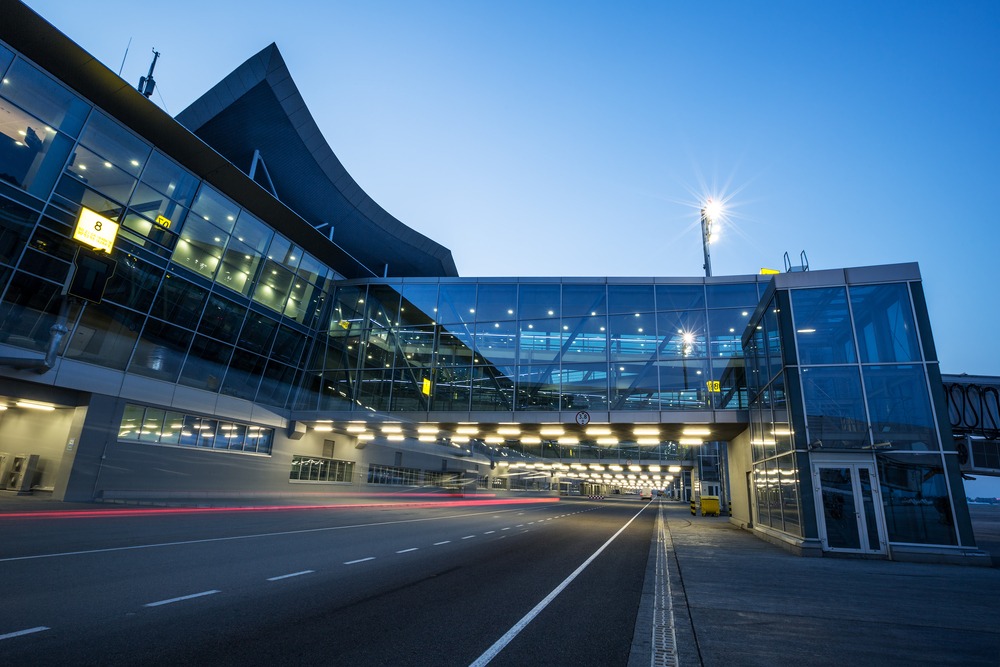
The International Air Transport Association (IATA) recently encouraged governments in Latin America to apply Smarter Regulation principles and address infrastructure issues.
Passenger demand in Latin American has grown due to rising incomes and lower airfare.
Government regulations have stifled growth and an estimated $42 billion of unrealized economic benefits could be lost by 2034 if Smarter Regulation policies are not implemented.
“The air transport industry’s contribution to regional GDP could jump from $140 billion to $322 billion,” IATA Regional Vice President for the Americas Peter Cerda said. “The industry is on a path to achieving that growth sustainably. People want and need to make connections across the continent and globally. And business relies on efficient air links to distant markets. Unfortunately, governments in the region are hindering sustainable growth with chronic infrastructure deficiencies and debilitating regulation.”
Three airports were highlighted as the most critical:
Outdated air-traffic control in Buenos Aires’ Aeroparque Jorge Newbery airport is causing delays and undermining airline competitiveness.
Mexico City International Air is working at full capacity. A new airport needs to be built, but in the meanwhile new flights only can be added overnight.
Lima’s Jorge Chávez International Airport is working above capacity. Designed to handle 10 million passengers annually, it is handling 17 million.